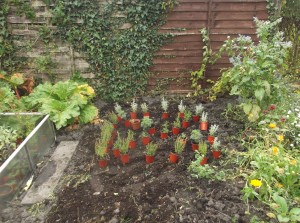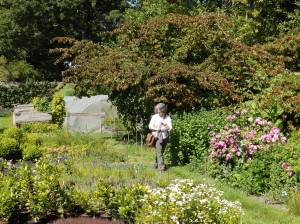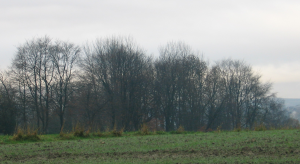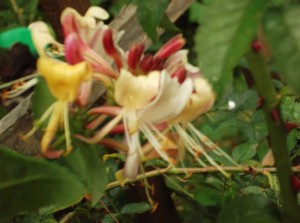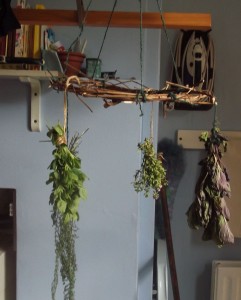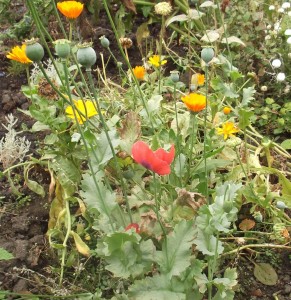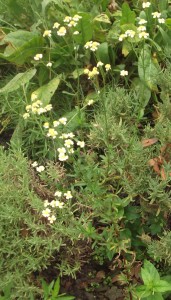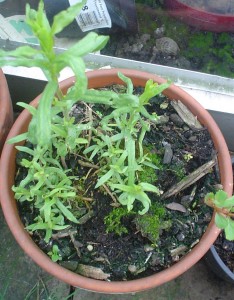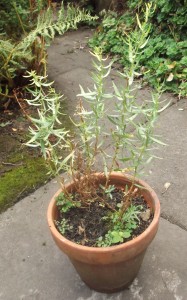Well, as firefox would say, this is embarassing! After saying I was cutting back on seeds this year, because of time and space constraints and all that, I went out and spent £30 on seeds from Chiltern Seeds. If you add to that the seeds I saved last year, which I will try to propagate if only to see how viable the harvest was, it becomes, frankly, all a bit much!
Here’s the list (just as they come to hand):
- nasturtium
- marigold
- ammi majus ( a large white umbellifer – high class relation of cow parsley)
- snapdragon, for window boxes
- daisy ‘pomponette’
- carthamus tinctoria (saffron thistle), a nice golden flower, good for dyeing, and which dries well and looks cheerful for ages
- cornflower
- wallflower ‘blood red’
- white trailing lobelia, for window boxes
- molucella laevis which has good green bracts for drying
- forget-me-not
- shoo-fly plant – of limited herbal use, but has intriguing inky blue seed pods
- clary
- chervil
- sweet peas, in two varieties, one called ‘flamingo flamenco’ and the other a dwarf for hanging baskets
- sweet cicely
- red valerian
- honesty
- chives
- sweet rocket
- bronze fennel
- avens ‘herb bennet’ whose root is scented
- welsh poppy just because I love them
- basil
- parsley
- coriander
At some point I will have to sort them into batches of early (started in the house), mid-term (in the greenhouse) and late, and make sure I know what the special requirements of each are, and work out where I’m going to put them all —-
If anyone would like any seeds or young plants, I’ll have way more than I need myself, so do get in touch.
In the current frost (down to -8 in Dunblane and Kilsyth, though not as bad as that here) the herb-related activity is still in the house. I succumbed to the lure of the supermarket and bought a pot of parsley yesterday, which I used to make tabbouleh and cacik ( a yogurt and cucumber salad, flavoured with mint, parsley and garlic. You may remember my rather grudging notes about parsley last summer but now I’m ashamed to say I’m a complete convert. It was so light and flavourful and full of sunshine! There will be a lot of parsley in the garden this year, and some pots in the greenhouse to keep us going through the winter. And my lemon verbena plant, which I brought inside because the greenhouse is unheated, has burst into new leaf, and there are pots of hyacinths and tete á tete daffodils blooming. Surely spring can’t be too far away!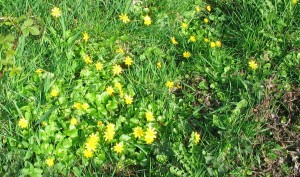
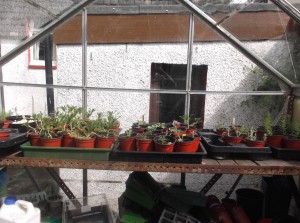
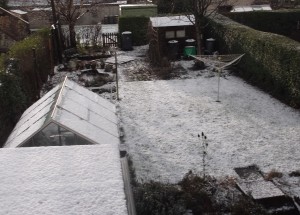
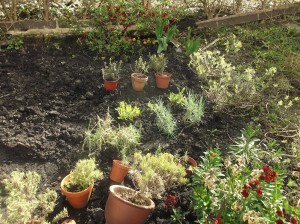
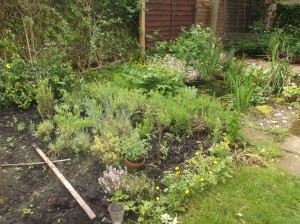
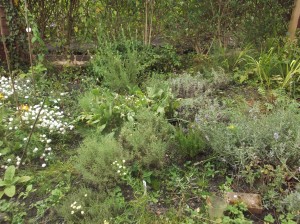 a bit overgrown and weedy, but you can see that there are more plants, everything has grown bigger and sprawled about a lot, and the new chamomile bed, which started off as one plant in a pot I bought at the Gardening Scotland show, is in full flower. It’s only two feet by four at this point, but I never thought I’d be able to have a chamomile lawn at all, so I’m happy.
a bit overgrown and weedy, but you can see that there are more plants, everything has grown bigger and sprawled about a lot, and the new chamomile bed, which started off as one plant in a pot I bought at the Gardening Scotland show, is in full flower. It’s only two feet by four at this point, but I never thought I’d be able to have a chamomile lawn at all, so I’m happy.